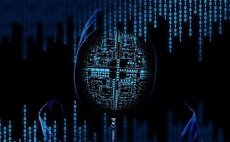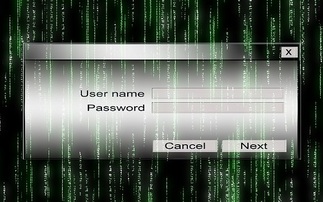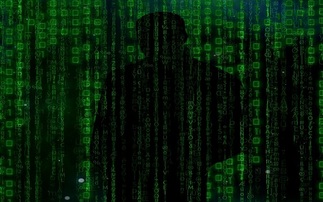Malware requires users to pay $300 for unlock and at present has no other cure.
CryptoLocker Ransomware has already infected 200,000 to 250,000 computers in just the first one hundred days of its campaign. That's according to Dell SecureWorks Counter Threat Unit (CTU), whic...
To continue reading this article...
Join Computing
- Unlimited access to real-time news, analysis and opinion from the technology industry
- Receive important and breaking news in our daily newsletter
- Be the first to hear about our events and awards programmes
- Join live member only interviews with IT leaders at the ‘IT Lounge’; your chance to ask your burning tech questions and have them answered
- Access to the Computing Delta hub providing market intelligence and research
- Receive our members-only newsletter with exclusive opinion pieces from senior IT Leaders





















